Unlock the Magic in Your Story Now
Get the Free 20 questions to Ask Before Launching Your Idea workbook when you sign up for occasional updates.
Get the Free 20 questions to Ask Before Launching Your Idea workbook when you sign up for occasional updates.
Articles filed in: Strategy
30 Questions Every Startup And Entrepreneur Should Answer
filed in Entrepreneurship, Storytelling, Strategy
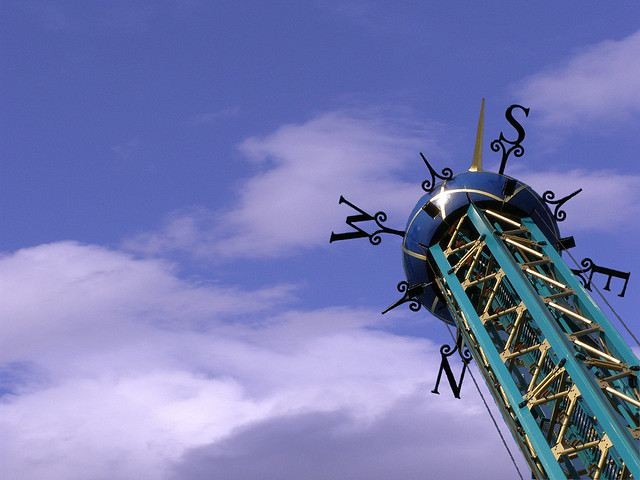 We’ve become really good at looking for answers. So good in fact, that we get close to asking
We’ve become really good at looking for answers. So good in fact, that we get close to asking
a billion questions every day in Google search.
And yet as busy business owners and idea creators, we struggle to find time to ask really important questions of ourselves. Here then, are questions worth taking the time to answer.
30 Questions for every startup and entrepreneur
1. Why are we doing this?
2. Why are we the people to do it?
3. Why is now the time to start?
4. What will happen because this idea exists?
5. How will this change how people feel about x?
6. Who is it for?
7. Why will they care?
8. What do the people we hope to serve want?
9. What do they believe?
10.How do they feel about the problem we solve?
11.What do they do—where, when, why and with whom?
12.What will customers say to their friends to recommend this product or service?
13.How can we make customers feel good because they recommend it?
14.What are we really selling beyond the utility of the product or service?
15.How can we add more value?
16.What happens because our business or project exists?
17.How will people find us?
18.Where are they already looking, or not looking?
19.What’s our greatest strength?
20.What weakness might get in the way if we don’t address it?
21.What does success look like, today, this year, next and five years from now?
22.What do we value?
23.What do we want to change?
24.What promises do we want to make and keep?
25.What matters most right now?
26.What’s going to matter more three, six or eighteen months from now?
27.What’s our difference?
28.What do we need to do today, to make sure that we can keep doing the things we want to do tomorrow?
29.If we could do anything today would this be it?
30.If not this then what?
When you know what you want, where you’re headed and why almost nothing can stop you.
Image by Darkwood67.
Significance Could Be Your Competitive Advantage
filed in Marketing, Storytelling, Strategy
 You’re late for an appointment and in your rush to get out the door you forget to put everything into your bag.
You’re late for an appointment and in your rush to get out the door you forget to put everything into your bag.
QUESTION
Which would you rather FORGET to bring with you, your wallet or your phone?
2006 ANSWER
PHONE.
2014 ANSWER
WALLET.
A competitive advantage isn’t always as tangible as the patents you file, or processes you put in place.
So don’t just set out to create a better product. Set out to change the meaning people will one day attach to it.
Image by Garnet.
Blonde Or Brunette?
 Still or sparkling? Red or white? Stuffed crust or deep pan?
Still or sparkling? Red or white? Stuffed crust or deep pan?
These questions might give people a reason to choose in the moment, but they are not the foundation of a lasting relationship.
You don’t win in the long run by simply being one of the alternatives.
You win by being ‘the one’. What will it take for your business to be that?
Image by Nicole Nicole.
Two Golden Rules For Choosing Clients
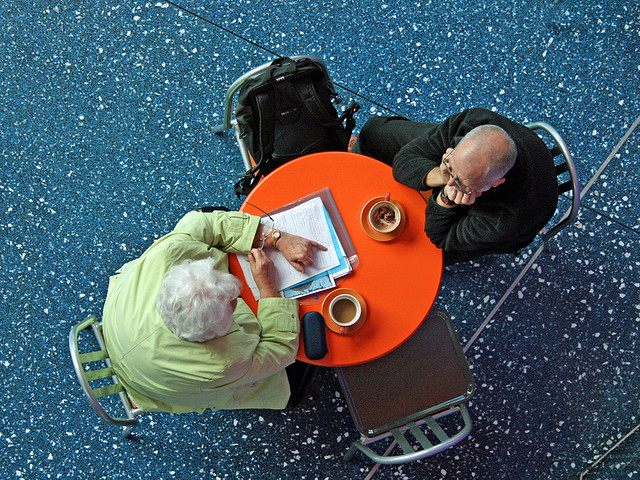 I have a couple of simple rules that I live by when making the decision about which clients to work with.
I have a couple of simple rules that I live by when making the decision about which clients to work with.
First—if I’m not jumping out of my skin to work with someone and excited by the difference (big or small) their business creates then we’re probably not a good fit.
You have to care that your client succeeds as much as they do.
Second, is what I’ve come to call, ‘the please convince me test’. If a potential client emails and says “I’m just not sure”, or repeatedly asks to be convinced that you can deliver what they think they need, then the working relationship is probably doomed before it begins.
If a client doesn’t believe you can help them, you probably can’t.
It’s far kinder to yourself (and to your clients in the long run), to put your energy into projects where your work will have the most impact.
How do you decide?
Image by Stephen D.
How Apple Succeeded, While Others Failed
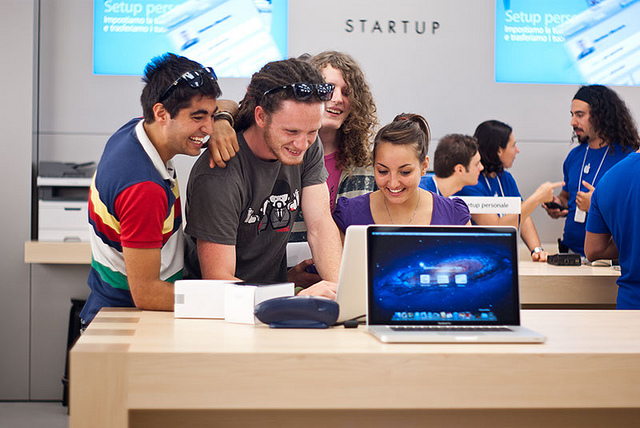 When Apple designed their first store, they made sure that over half of it was dedicated to what they called, ‘solutions’. The store wasn’t stacked ceiling to floor with inventory, instead it was a wall-to-wall space of discovery.
When Apple designed their first store, they made sure that over half of it was dedicated to what they called, ‘solutions’. The store wasn’t stacked ceiling to floor with inventory, instead it was a wall-to-wall space of discovery.
While most retailers were showing people what they had in stock, Apple was showing people what their products could help them become. The Apple strategy was built around Steve Jobs’ understanding that, “people don’t just want to buy personal computers anymore, they want to know what they can do with them.”
That single insight sums up the key to Apple’s success. What Jobs recognised, was that sales, growth and market share are a side effect of understanding what people really want.
He didn’t give people reasons to choose. He gave them reasons to crave, covet and to belong.
How could you do that for your customers?
Image by Camillo Miller.
Why We Advertise
 Ad spending is set to increase this year. And yet, some of the smartest and fastest growing companies on the planet elect to grow their businesses through word of mouth, by delighting their customers. So, why do we still buy banner ads? Is it because……?
Ad spending is set to increase this year. And yet, some of the smartest and fastest growing companies on the planet elect to grow their businesses through word of mouth, by delighting their customers. So, why do we still buy banner ads? Is it because……?
1. Our products and services don’t create difference for our customers.
2. We don’t spend enough time working out how to fulfil that tiny gap in human desire.
3. We want to raise awareness and stay top of mind.
4. We have the budget.
5. We think it’s easier than working out how to give people something to talk about.
6. Our competitors do it.
7. We’ve made something for everyone.
8. We confuse awareness with impact.
9. We’re afraid.
10. Or worst of all, we believe advertising is a shortcut to mattering to customers.
What if instead of spending all that time and money working out how to tell customers who we are, we spent more time and money being who they want us to be?
Image by Justin Brown.
Why Attention Is No Longer Our Scarcest Resource
 If you want to capture someone’s attention you’ve got about ten seconds to convince them that you are the one. Attention spans are shrinking. People have so many demands, diversions and distractions right there in their pockets every minute of every day that it’s getting harder and harder to hold them. This is the reason that whole industries still exist to find ways to capture attention. But what if attention isn’t actually the scarcest resource?
If you want to capture someone’s attention you’ve got about ten seconds to convince them that you are the one. Attention spans are shrinking. People have so many demands, diversions and distractions right there in their pockets every minute of every day that it’s getting harder and harder to hold them. This is the reason that whole industries still exist to find ways to capture attention. But what if attention isn’t actually the scarcest resource?
When a new cafe opens in your neighbourhood you’ll give it a try, but that initial visit is no guarantee that you’ll keep going back. You might buy pizza when they are selling 2 for 1 on a slow Tuesday night, but that doesn’t mean the store owner has done enough to see you there on a Friday. Headlines designed to bring as many strangers to your blog as possible this week, might not make for a community of evangelists in the long run.
There’s something that’s harder to cultivate than attention. Something that there is no formula for getting. Something that can’t be captured, but has to be nurtured instead. That thing is connection and belonging.
It turns out that when we build our businesses around a single shot at getting someone’s attention for a short term gain today, we’re wasting an opportunity to build a business that endures. The smart brands of the new millennium have thrived on this notion of building for belonging. The Apples, Starbucks’ and the Airbnbs of the world understand that they are playing a long game. They understand that the conversation isn’t over after the first interaction, and they find ways to bake the chances of another connection into their company’s infrastructure and DNA.
That’s all very well for big corporations you might say, we just don’t have the resources to do that kind of thing and time is not on our side. We need eyeballs and bums on seats today!
I know, I know—I really do, but it’s more important to create deeper connections with the right people to make your business sustainable.
Once when I was visiting a new city I did a scout around for a place that sold good coffee—usually the one that isn’t on the main street, the place where you see the locals hanging out. I took a chance, had a great experience and was on my way. The next day I thought, why mess with success and headed back to the same cafe. The guy who took my order the day before asked if I’d like a…. and he rattled off my non-standard coffee order from the day before. Boom, a shot of oxytocin and a feeling of instant connection and belonging. I don’t know how this guy ended up being ‘that guy who remembered people by their coffee orders’, but I bet his boss is glad that he did.
You’ve got to find a way to be ‘that guy’ for the people you want to serve. The one who is patient enough to take the time to make them feel like they belong. If you’re in this for the long haul you don’t need the shortcuts that you’re hoping will magically deliver more people to your door today.
Image by Donna.
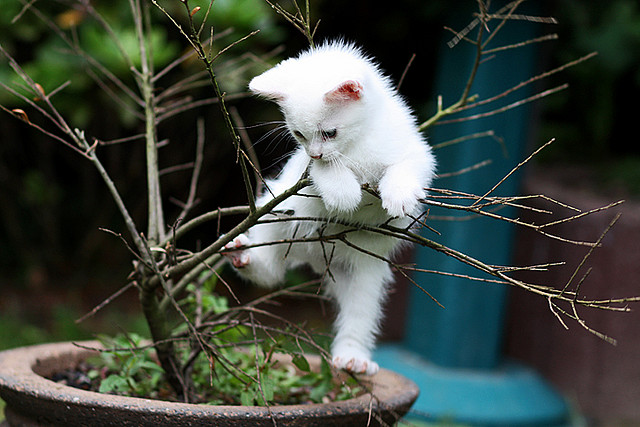 Your idea is not a virus and here’s why. A virus doesn’t care who it infects. Everyone is a target.
Your idea is not a virus and here’s why. A virus doesn’t care who it infects. Everyone is a target.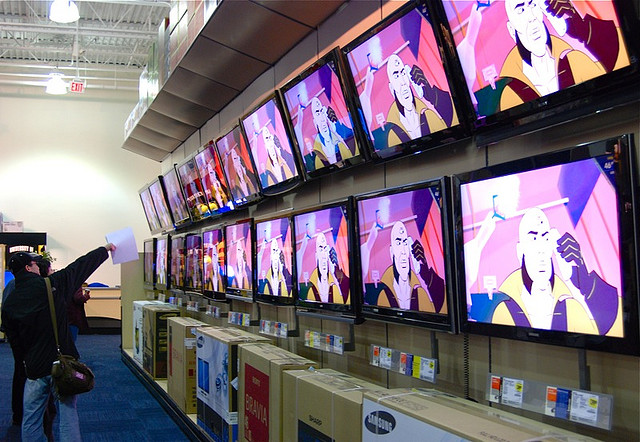 In an era when we can
In an era when we can 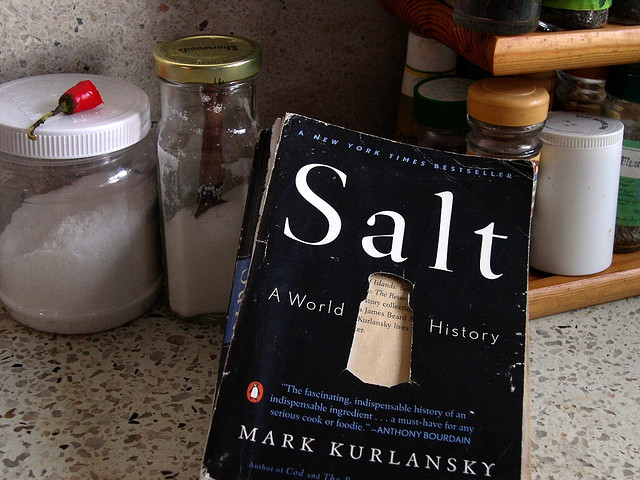 If you’ve ever doubted that we are, as Jill Bolte Taylor says, “feeling creatures who think” just stop in the salt section of your local supermarket. Salt is as close to free as any product can get. You can buy a kilo for a dollar, or a Pink Himalayan variety for sixty times that price.
If you’ve ever doubted that we are, as Jill Bolte Taylor says, “feeling creatures who think” just stop in the salt section of your local supermarket. Salt is as close to free as any product can get. You can buy a kilo for a dollar, or a Pink Himalayan variety for sixty times that price.